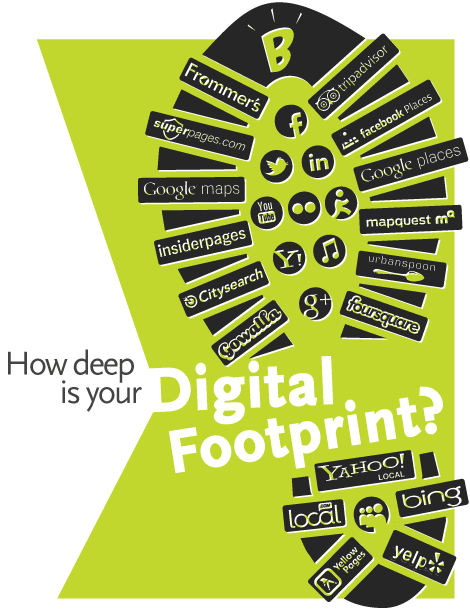Given the back drop of de-monetization and election of
Donald Trump as the President of USA, this particular budget presentation by
the finance minister raised quite a few expectations specifically around measure
and initiatives that can mitigate some of the risks associated with the
downside, these events might actually have on our economy and specifically on
the IT business, the startup community – specially the tech startup community
and it’s associated eco-system. I am a bit dis-appointed as the fillip that
could have been structured in to usher in growth; was not attempted. As a geek, I however suffer
from being myopic by virtue of being concerned only with IT as a segment, while the finance
minister has to address a much divergent, a massive scale and plethora issues,
opportunities and aspects of our country.
Some parts of corporate India, almost the entire SME &
MSME India, Large parts Indian PSU & significantly large parts of Government
enterprises have not really leveraged IT; a part of the problem being supply
side economics and the value evaluation of the consumer around the current supply. In light of the Trump factor, the government could have announced
definitive time bound incentive programs for technology adoption by these
entities with specific goals around digitization for efficiency &
transparency, integration into government IT eco-system to simplify, digitize
& create a STP pipe for tax payments by non-individual entities. This could
have been a path breaking, paradigm shifting idea & implementation instead
of incremental steps such as one-page filing etc. There is historical evidence of
tremendous success when embarking upon transformative paradigm shifting steps instead
of pursing incremental efficiency efforts on status-quo that are quiet dated and have completely delivered their ROI. For example, focus on creating possibilities such as
digital 3rd Party fund transfer and peer 2 peer money transfer
rather than focusing on TAT & speed and efficiency of Cheque processing.
The budget carries funding for initiatives infrastructure,
public health, agriculture, public safety and affordable housing. Consumers of
these services should be rewarded and incentivized for consuming such services that
are delivered on digital platforms. This sets the tone for IoT & cloud
based services startups to get an opportunity to bring back vibrancy and growth
riding on domestic consumption that aligns with digital india & cashless
themes. The current budget lacked some these approaches that could have shown
seeds for next big bank revolution in this country. Budgets had in the past created
robust and magnanimous structures like SEEPZ and other financial structures to
aid large corporates export. However similar structures to boost domestic
consumption of technology have been missing. I believe in incentivizing consumption
through direct social welfare benefit delivery to consumer rather than subsidizing
supply side. The farther the government keeps away from influencing &/or
controlling pricing, the better.
It is very clear that digital technology will have a
far reaching impact on livelihood of many people, right from rule based task
workers to SMEs. AI, Robotic process automation, Intelligent Process Automation
and better leveraging analytics & insights will soon see this scenario
unfolding. This will affect livelihood of a significant part of the current salaried tax
payer base, and hence impact revenues to the government. There is a need for
the finance minister to constitute a think tank to assess the impact and create
solutions for this eventuality. I was saddened to see no announcement in this
direction during the budget. Sadly, we are inching towards an era where social
welfare schemes and social security will be needed for both the poor and soon
to be disrupted segments of citizens. This is the right time and juncture to start
the solution creation & design creation for robust eco-systems that can
help the country sustain these eventualities.
“No news is good news” sort of sums up this budget for
me!


_0.jpg)















